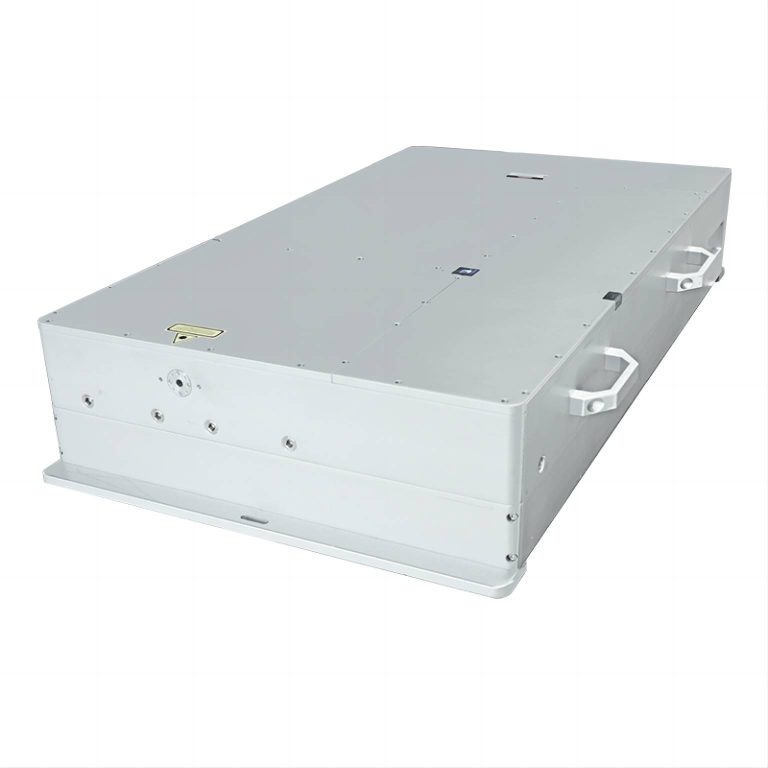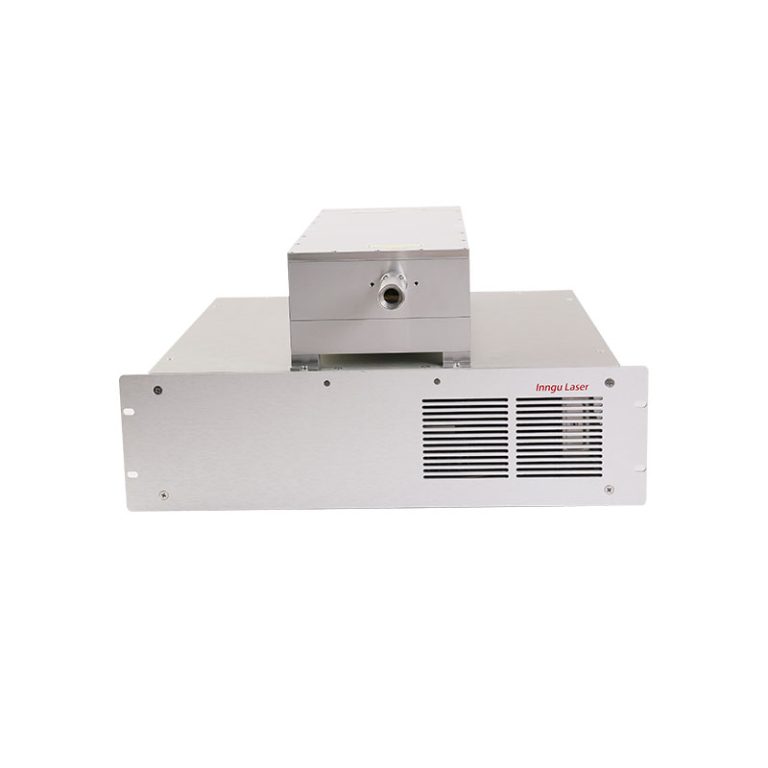Introduction
In the realm of modern technology, lasers have revolutionized various industries with their precision, efficiency, and versatility. Among the multitude of laser types, ultraviolet (UV) subnanosecond lasers have emerged as a groundbreaking tool, showcasing remarkable impact across diverse sectors. Their ability to emit short bursts of high-energy pulses in the UV spectrum has unlocked new possibilities in manufacturing, medicine, research, and beyond. This article delves into the profound impact of UV subnanosecond lasers, exploring their applications, advancements, and the transformative role they play in shaping numerous industries.
Understanding UV Subnanosecond Lasers
Subnanosecond lasers belong to the category of ultrafast lasers, emitting pulses shorter than a nanosecond in the ultraviolet wavelength range. Typically operating at wavelengths below 400 nanometers, these lasers harness the unique properties of the UV spectrum to achieve exceptional precision and minimal thermal damage during material processing. The short pulse duration allows for high peak powers, enabling precise ablation, cutting, drilling, and marking of materials with unprecedented accuracy.
Applications in Manufacturing
The integration of UV subnanosecond lasers in manufacturing processes has redefined precision engineering and fabrication across various industries. In microelectronics, these lasers facilitate the delicate and intricate process of micromachining, enabling the creation of fine structures on semiconductor materials with minimal heat-affected zones. Their use in semiconductor manufacturing ensures high-resolution patterning, improving the performance and functionality of electronic devices.
Moreover, in the automotive and aerospace sectors, UV subnanosecond lasers are instrumental in producing lightweight components with intricate designs. From drilling precision holes in turbine blades to cutting intricate shapes in composite materials, these lasers have elevated the standards of precision manufacturing, enhancing the structural integrity and performance of critical components.
Medical Advancements
The medical field has also witnessed the transformative impact of subnanosecond lasers. Ophthalmology, in particular, has benefited significantly from the precision of these lasers in vision correction surgeries. LASIK (Laser-Assisted in Situ Keratomileusis) procedures, used to correct refractive errors in the eye, rely on the precise ablation capabilities of UV subnanosecond lasers to reshape the cornea, enabling patients to achieve improved vision without invasive surgeries.
Additionally, dermatology embraces these lasers for various skin treatments, including tattoo removal and skin rejuvenation. The ability of subnanosecond lasers to selectively target pigments while minimizing damage to surrounding tissues has made them a preferred choice for dermatologists seeking precise and effective treatment modalities.

Scientific Research and Beyond
Beyond industrial and medical applications, UV subnanosecond lasers have become indispensable tools in scientific research. Their ability to generate high-intensity pulses in the UV spectrum has facilitated breakthroughs in fields such as spectroscopy, microscopy, and nanotechnology. Researchers utilize these lasers to study ultrafast processes at the molecular level, unlocking insights into fundamental scientific principles and phenomena.
Furthermore, these lasers play a crucial role in the development of next-generation technologies. From advancing quantum computing to enabling advancements in photolithography for semiconductor manufacturing, UV subnanosecond lasers serve as catalysts for innovation, paving the way for futuristic applications across diverse disciplines.
Advantages of UV Subnanosecond Laser
- High Precision: The ultrashort pulses emitted by subnanosecond lasers enable exceptionally precise material processing, allowing for intricate and fine detail work. This precision is especially valuable in industries such as microelectronics, where tiny components require exacting manufacturing processes.
- Reduced Thermal Damage: Their short pulse duration minimizes heat transfer to surrounding materials, resulting in reduced thermal damage. This characteristic makes them ideal for processing heat-sensitive materials, such as certain plastics, semiconductors, and biological tissues, without compromising their integrity.
- Versatility: UV subnanosecond lasers can be used with a wide range of materials, including metals, ceramics, glass, polymers, and biological tissues. Their versatility in processing different materials makes them valuable tools across multiple industries.
- Improved Efficiency: These lasers offer high-speed processing capabilities due to their short pulse duration, enhancing overall production efficiency. Their rapid processing speeds contribute to reduced manufacturing times, leading to increased productivity.
- Selective Ablation: They can precisely remove targeted areas of material without affecting the surrounding areas. This selective ablation is crucial in applications such as laser surgery, where precise tissue removal is necessary while minimizing damage to adjacent healthy tissues.
- Fine Feature Fabrication: UV subnanosecond lasers excel in creating fine and intricate structures, enabling the fabrication of micro-scale and nano-scale devices used in electronics, photonics, and biomedical applications.
- Research and Development: In scientific research, these lasers facilitate the study of ultrafast phenomena at the molecular and atomic levels, providing insights into fundamental scientific principles and aiding advancements in fields like spectroscopy, microscopy, and nanotechnology.
- Potential for Green Manufacturing: Their precision and accuracy contribute to reducing material wastage and energy consumption, aligning with sustainable manufacturing practices and environmental conservation efforts.
- Innovation Catalyst: UV subnanosecond lasers act as catalysts for innovation, enabling the development of cutting-edge technologies such as quantum computing, advanced imaging techniques, and novel materials with unique properties.
- Potential for Automation Integration: Their compatibility with automation and robotics systems paves the way for streamlined and automated manufacturing processes, leading to improved workflow efficiency and reduced human error.
Conclusion
In conclusion, the impact of UV subnanosecond lasers in industry spans across a wide spectrum of applications, revolutionizing manufacturing, healthcare, scientific research, and beyond. Their ability to deliver ultrashort pulses of high-energy UV light with unparalleled precision has propelled advancements in diverse fields, offering solutions to intricate challenges and unlocking new possibilities. As technology continues to evolve, the transformative influence of UV subnanosecond lasers is poised to redefine the boundaries of what is achievable, shaping the future of multiple industries and paving the way for innovative breakthroughs.


